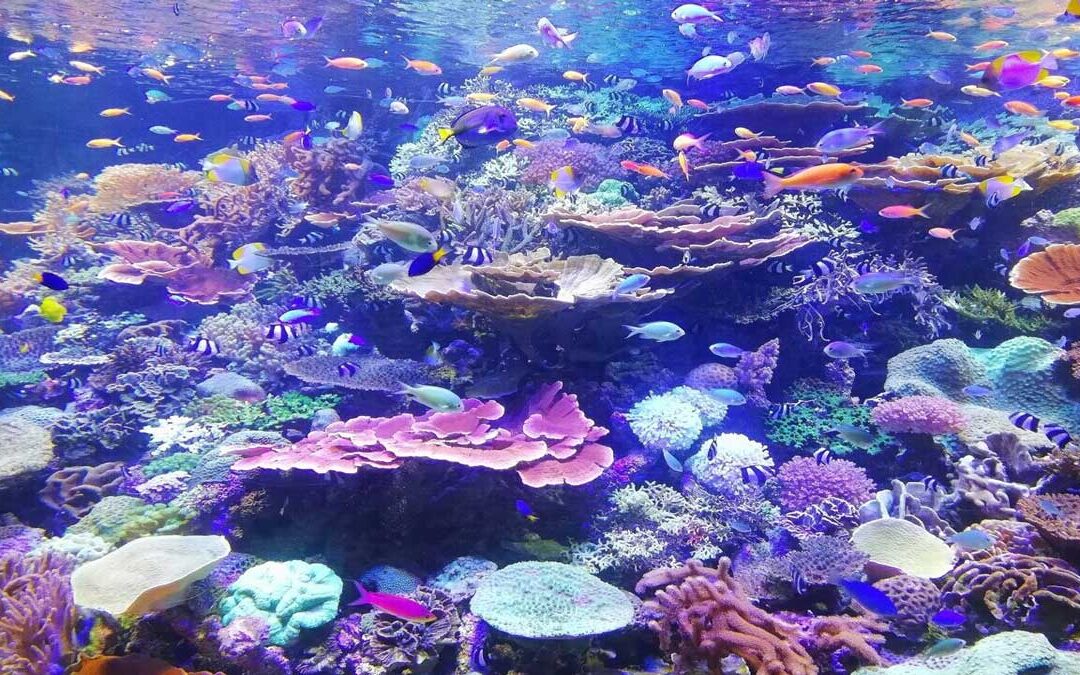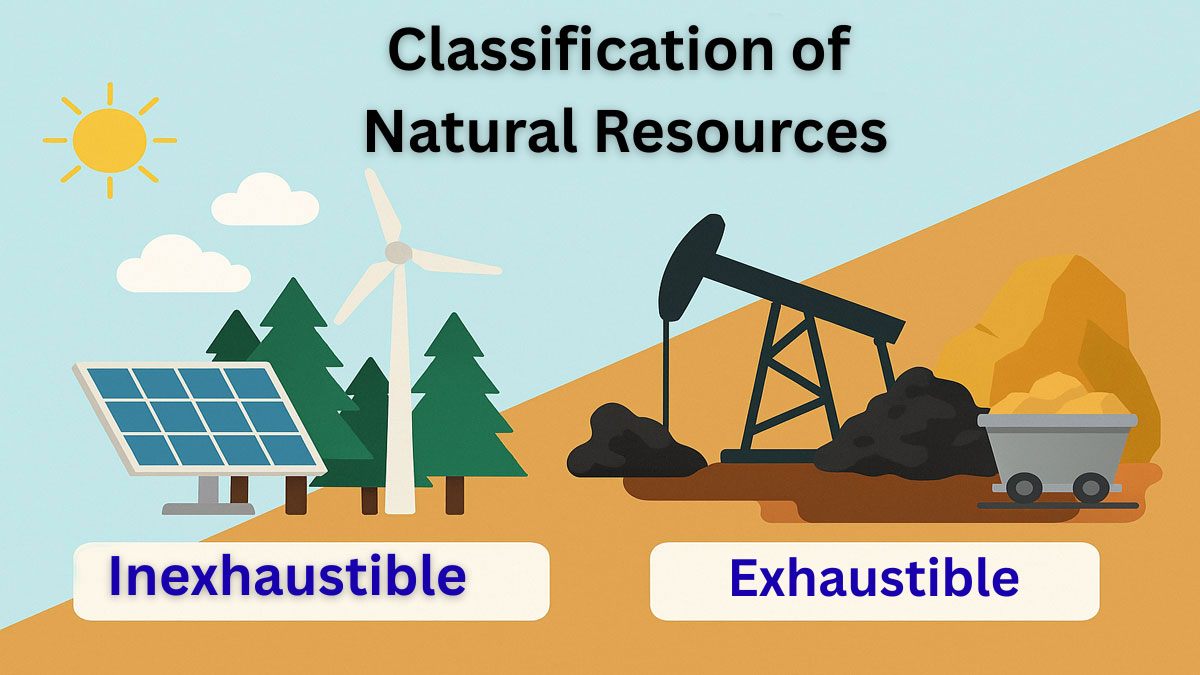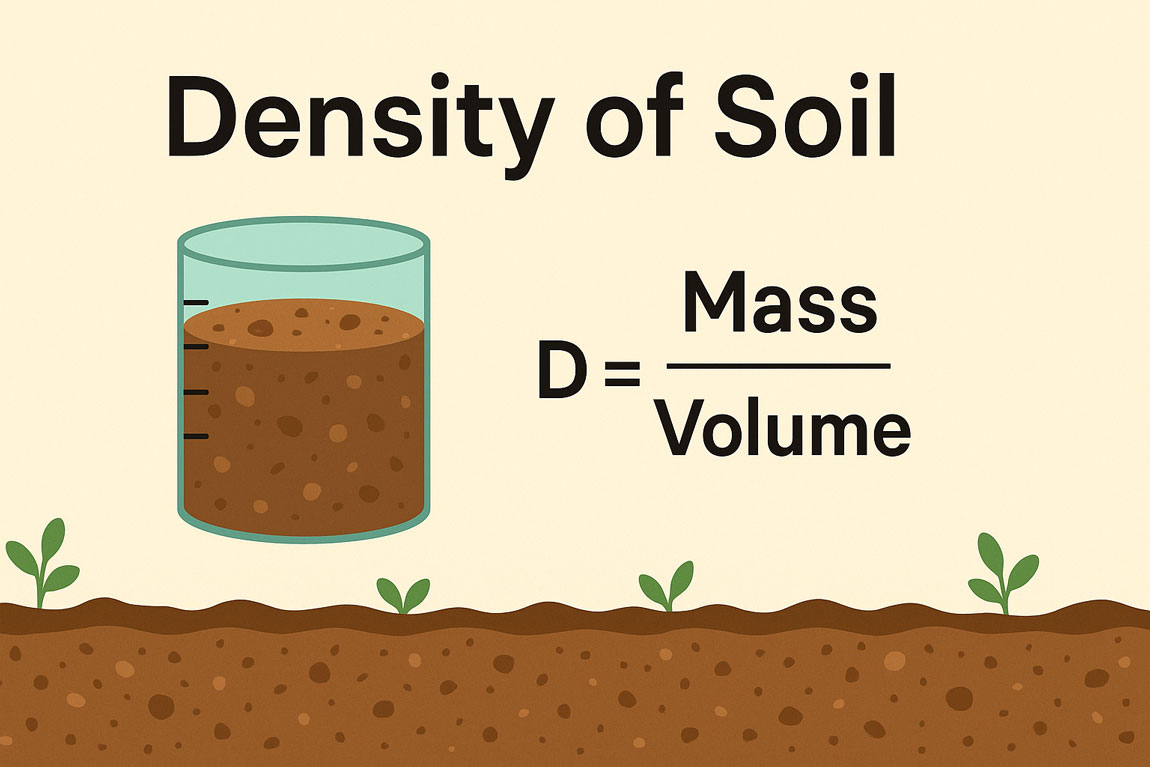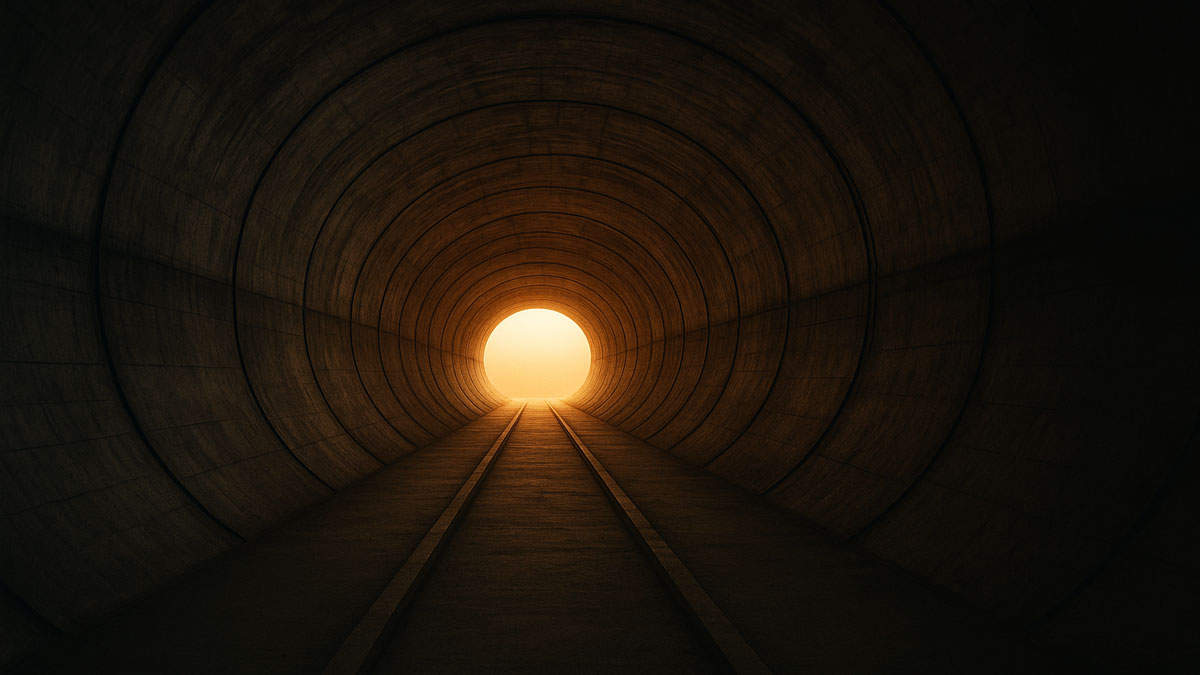What is Coral Reef?
Coral reefs are diverse underwater ecosystems held together by calcium carbonate structures secreted by corals. They are built by colonies of tiny animals and are found in marine water that contains few nutrients.
Most coral reefs are built from stony corals, which in turn consist of polyps that cluster in groups. Corals secrete hard carbonate exoskeletons, which support and protect the coral polyps. Most reefs grow best in warm shallow, clear, sunny and agitated water.
Types of Coral Reef:

The three principal coral reef types are,
- Fringing reef
- Barrier reef
- Atoll reef
Fringing reef:
Directly attached to a shore or borders it with an intervening shallow channel or lagoon
Barrier reef:
A reef separated from a mainland or island shore by a deep channel or lagoon
Atoll reef:
More or less circular or continuous barrier reef extends all the way around a lagoon without a central island
The Conditions necessary for the growth of corals:
- Large reefs are limited to the warm seawater areas of the tropics.
- Calcium carbonate is easier to precipitate in warm water than in cold water.
- Secretion of calcium carbonate is aided by microscopic cells of algae that live in the tissue of reef builders Algae remove CO2 from the tissue, decreasing the acidity of water)
- Reefs also tend to preferentially form in areas where little clastic sediments occur, water is shallow, and nutrient levels are low.
These conditions exist in the Bay of Bengal. A coral must be made up of materials from the coral reef itself and rest on or part of that structure; St. Martin’s Island fulfills this requirement. As a result, St. Martin’s Island is the only island in Bangladesh.
Coral reefs of St Martin’ Island:
Coral reefs are diverse underwater ecosystems held together by calcium carbonate structures secreted by corals. They are built by colonies of tiny animals found in marine water that contain few nutrients. Most coral reefs are built from stony corals, which in turn consist of polyps that cluster in groups.
Corals secrete hard carbonate exoskeletons, which support and protect the coral polyps. Most reefs grow best in warm, shallow, clear, sunny, and agitated water. Several living small coral colonies are found in small sheltered pools very near the low tide level around the island.
They also occur in the surrounding shallow sea, mostly growing on the beach rocks and calcareous sandstone concretions. The dead coral colonies also occur in pool-like depressions within the high and low tide levels.
Some of them are located at an elevation of nearly 3.50m above the low tide level. The oldest fossil coral belongs to Late Pleistocene, giving an age of 33,238 years (C14 dating).






